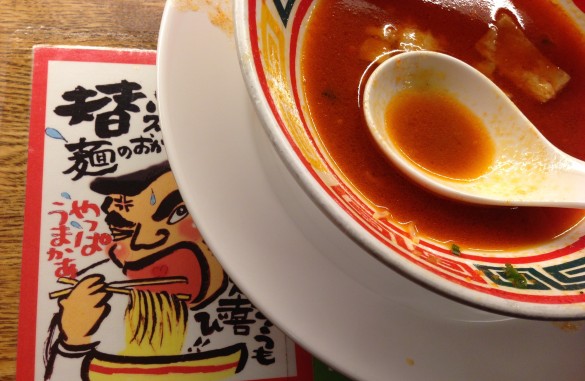 Tonkotsu ramen is arguably the most popular style of ramen in Japan. From mass market chains like Ippudo and Ichiran, to smaller and more local ones like Ikaruga, there are countless shops competing to feed the nation-wide addiction to thin noodles in creamy pork bone broth.
Tonkotsu ramen is arguably the most popular style of ramen in Japan. From mass market chains like Ippudo and Ichiran, to smaller and more local ones like Ikaruga, there are countless shops competing to feed the nation-wide addiction to thin noodles in creamy pork bone broth.
One well-known chain of tonkotsu ramen shops in Tokyo is Kyushu Jangara Ramen (九州じゃんがら). Perhaps the most popular branch of Jangara in Tokyo is in Harajuku, just down the street from Meiji Shrine. There always seems to be a line coming out of the place on weekends.





